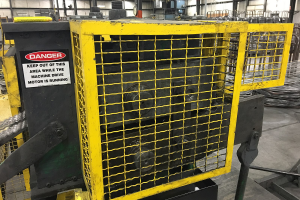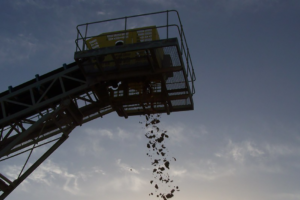Not even OSHA has a consistent definition of what is a recordable injury
Today’s guest blogger is Mark Moran of Safetyhighways. He is author of a new book, “OSHA Recordkeeping Simplified.”
OSHA’s new recordkeeping rules on fatalities and serious injuries and illnesses are fairly clear, but they leave unresolved the confusion that many employers feel about the overall recordkeeping process.
OSHA standards were meant to be the “heart” of the OSH Act. By the same token, a systemic recordkeeping program would be the “brains” of the Act. Congress recognized that the federal government must first accurately understand the workplace injury and illness problem before it could begin to solve it. Records would be developed to provide that knowledge. So OSHA knows where your injuries and illnesses are occurring, or do they?
The OSH Act directs OSHA to prescribe regulations requiring employers to maintain accurate records of work-related deaths, injuries, and illnesses that involve loss of consciousness, restriction of motion, transfer to another job, first aid or medical treatment.
But OSHA’s recordkeeping regulations are phrased so generally that employers do not know what should and should not be recorded. For example, distinguishing between medical treatment and first aid can cause the employer a headache that itself may necessitate “medical treatment.”
OSHA’s practice of seeking stiff penalties for alleged recordkeeping non-compliance further exacerbates the problem of developing accurate information on work injuries and illnesses because it forces employers to record all injuries and illnesses, even if they don’t appear to meet the criteria of the OSH Act.
Some companies even have indicated that they will resort to a dual recordkeeping system under which those cases thought to be “recordable” by OSHA would be entered on the OSHA 300 Form, while a separate system would be maintained for the company’s own use to record only the “real” injury/illness cases that are both occupational and work-related.
Why? To date, there has been no company penalized for over-recording. So, the thinking goes, record everything and this will insulate the company from penalties. This practice undermines the reason why recordkeeping requirements were included in the Act, but why risk big penalties by trying to do it right when there is nothing to lose by over-recording?
OSHA’s recordkeeping regulations are not only indecipherable to employers, but in OSHA itself it is difficult to find any two people who will agree on what should be recorded. If there is agreement on recordability, OSHA inspectors even differ on where an incident should be entered on the OSHA 300 form.
So what’s an employer to do? Unfortunately, the safest advice is this: when in doubt, record it!
To order a copy of Mark’s new book, “OSHA Recordkeeping Simplified,” call 904-718-1780, email him at mmoran@safetyhighways.com.


